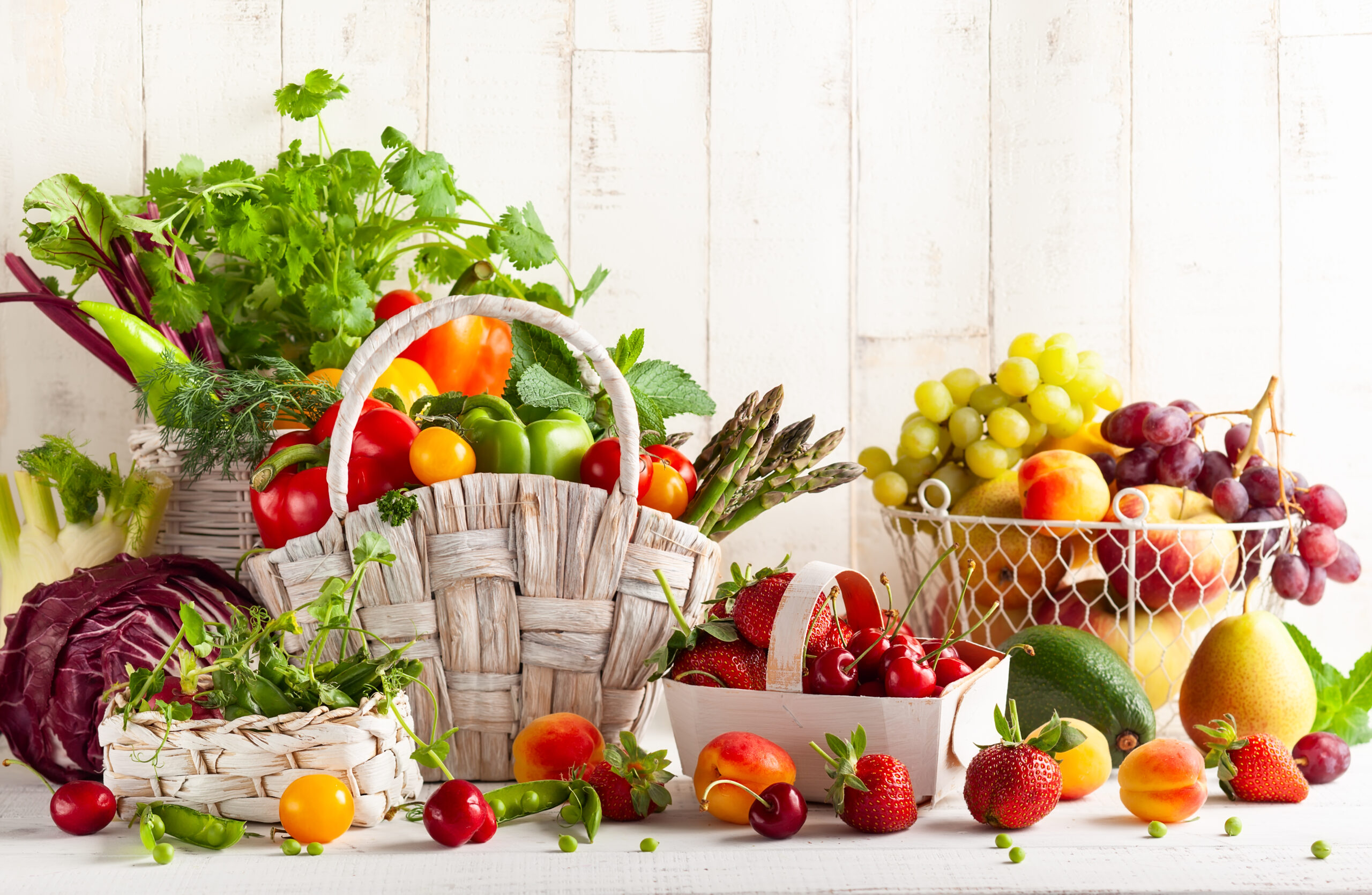
Report: Strawberries still have the most pesticides of any American produce
(Business Insider – Lauren Edmonds) — Strawberries continue to reign supreme on the Environmental Working Group’s annual “Dirty Dozen” list, which ranks fruits and vegetables by pesticide contamination.
The “Dirty Dozen” list is part of EWG’s 2024 Shopper’s Guide to Pesticides in Produce published on Wednesday. The report analyzed data collected from tests conducted by the USDA and FDA on 47,510 samples from 46 fruits and vegetables.
Both agencies take precautions to clean the produce before testing, with the USDA peeling or scrubbing produce before washing and the FDA only removing the dirt. Still, the report found that the analyzed produce contained 254 traces of pesticides.
The National Institute of Environmental Health Sciences reports that more than 800 pesticides are registered in the United States, “some of which are used in large quantities and may pose risks for a variety of health problems.”
Here are the fruits and vegetables ranked on this year’s “Dirty Dozen.”
The report also listed Clean 15. The items with the lowest amounts of pesticide residues, according to the EWG analysis of USDA data. Here is that list:
- Avacados
- Sweet corn
- Pineapple
- Onions
- Papaya
- Sweet peas (frozen)
- Asparagus
- Honeydew Melon
- Kiwi
- Cabbage
- Watermelon
- Mushrooms
- Mangoes
- Sweet Potatoes
- Carrots
The full report is available by clicking here.
